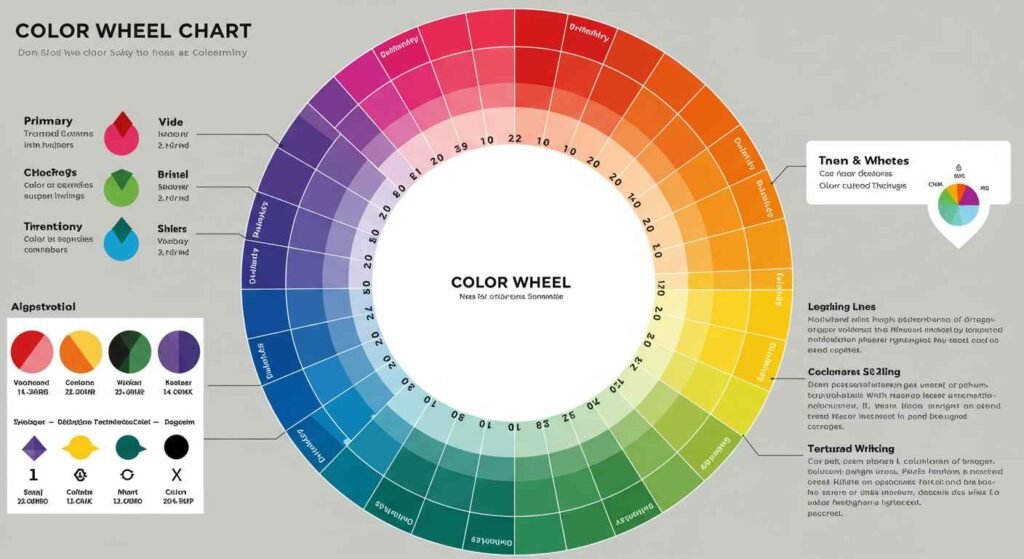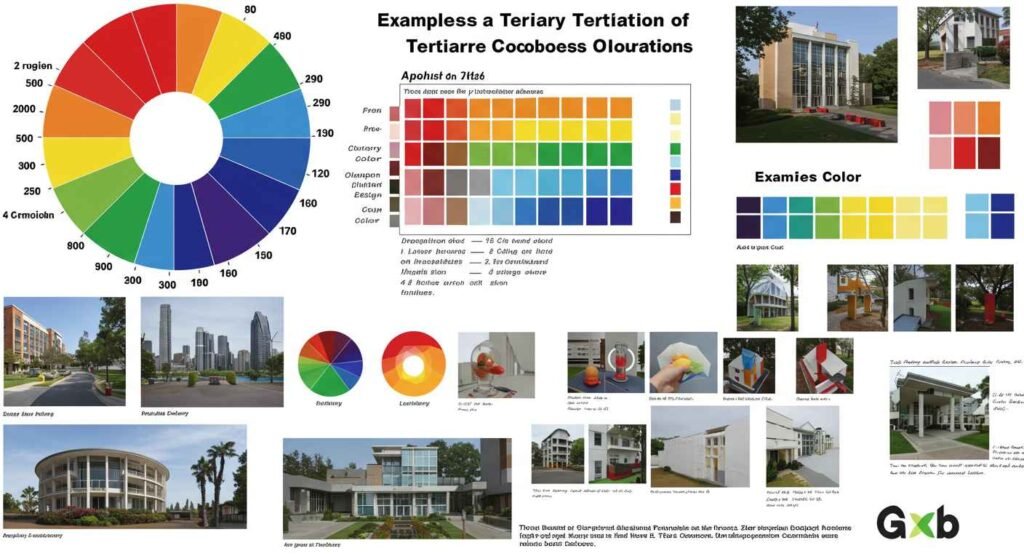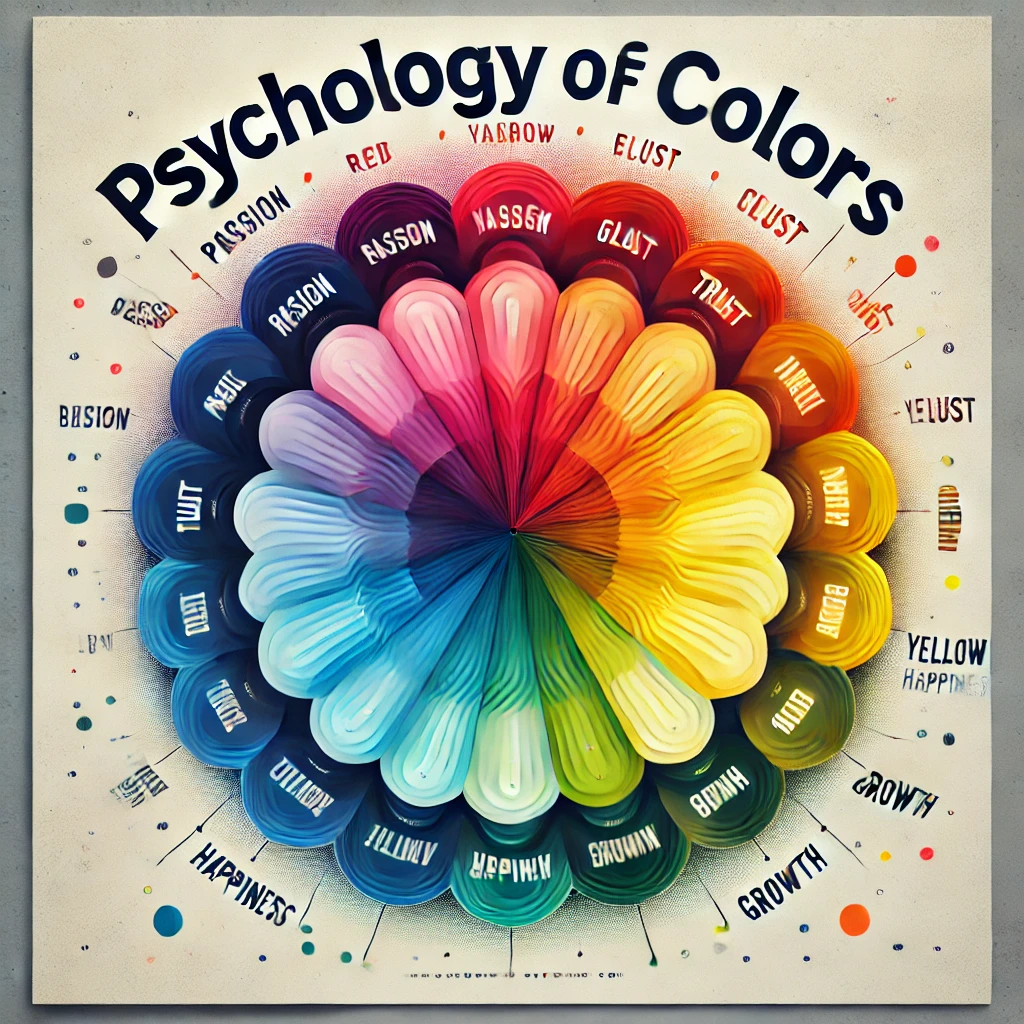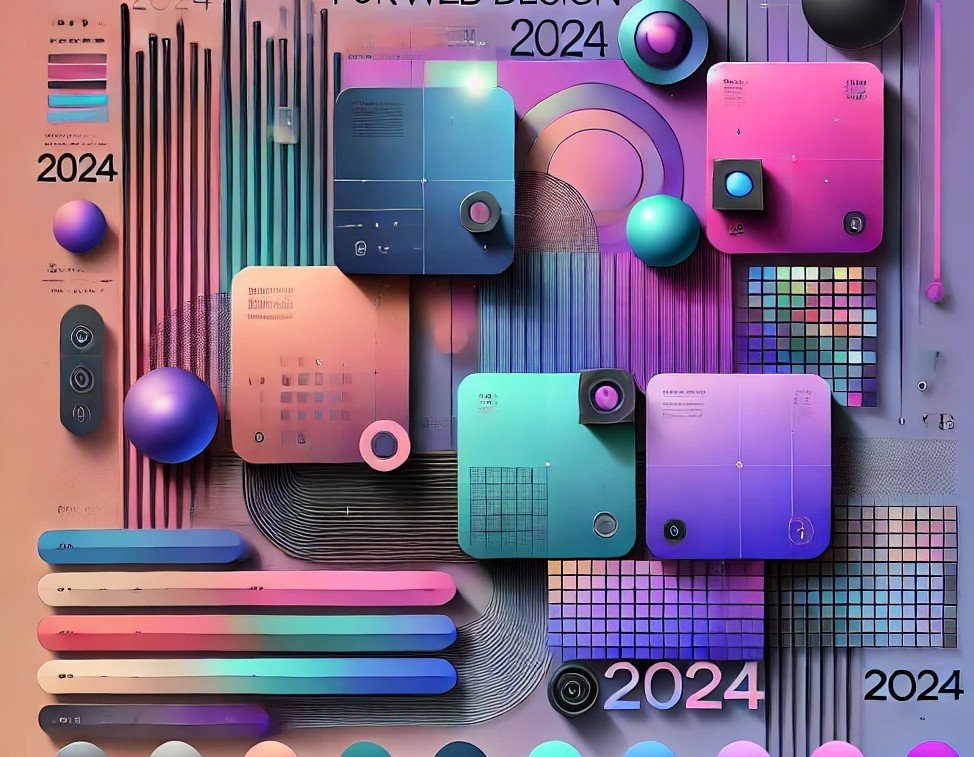
Have you ever felt a touch misplaced when selecting shades on your art work, your house, or even your cloth wardrobe? You may locate yourself asking, “What colorings cross well together?” or “How can I make sure my layout appears balanced and appealing?” That’s wherein the shade wheel comes in! This simple but powerful device let you understand how colors paintings collectively, giving you the self belief to create lovely, harmonious combinations. Whether you’re an artist, clothier, or simply a person who loves hues, the coloration wheel is a recreation-changer.
So, What Exactly Is the Color Wheel Chart?
Imagine a circle with all of the hues of the rainbow spread out on it. The colour wheel organizes these colorings in a manner that shows how they relate to each different. It begins with the three primary colors—crimson, blue, and yellow—and from there, it branches out into secondary and tertiary colors. If you’ve ever been harassed about a way to integrate colors or wherein to begin, this tool can clean matters up for you in no time.
It’s not only for artists or designers—all people can use the colour wheel! It’s your guide to knowledge coloration relationships and making smarter, greater beautiful picks with regards to mixing hues.
Primary Colors: The Building Blocks
The number one hues—crimson, blue, and yellow—are the muse of all different colours. Think of them because the basic elements in a recipe. You can’t make those colorings by way of blending others together, but while you mix them, you create everything else. These colorations are pure and simple.
- Red is ambitious and passionate. It catches attention and stirs emotion.
- Blue is calming and honest. It brings a experience of peace and balance.
- Yellow is sunny and joyful. It radiates warm temperature and optimism.
These 3 colorations are the place to begin for any coloration advent.
Secondary Colors: The Magic of Mixing
Now, when you blend two number one shades collectively, you get secondary hues. They’re just like the subsequent step inside the colour family tree, and they convey even more vibrancy for your palette.
- Orange comes from mixing purple and yellow.
- Green comes from mixing blue and yellow.
- Purple (or violet) comes from blending blue and purple.
These secondary colorings take a seat among the number one ones on the wheel, including more options and variety for your shade combos.
Tertiary Colors: The Beautiful Blend
Tertiary colorations are a bit more complex—they’re made by blending a primary color with a secondary one. These are the sun shades that deliver your designs extra intensity and nuance. You can think about them as a combination of the great of each worlds.
Here are some examples of tertiary colorations:

- Red-orange (red + orange)
- Yellow-orange (yellow + orange)
- Yellow-inexperienced (yellow + green)
- Blue-green (blue + green)
- Blue-crimson (blue + red)
- Red-purple (pink + red)
These colors upload richness and let you create extra subtle and complicated color schemes.
Warm and Cool Colors: Setting the Right Vibe
Colors aren’t just pretty to have a look at—they are able to clearly set the temper or vibe of a space or piece of artwork. Colors can be warm or cool, and every brings a different feeling.
Warm Colors: Bold and Inviting
Warm shades—suppose reds, oranges, and yellows—are related to electricity, excitement, and warmth. These colorations can make a area experience cozier or greater dynamic. They’re best when you need to grab someone’s interest or create a sense of power.
- Red is vibrant, effective, and regularly related to ardour or excitement.
- Orange is friendly and enthusiastic, evoking creativity and fun.
- Yellow is vibrant, glad, and uplifting, bringing warmth and cheer.
Warm colorings stand out and draw you in, making them super for focal points or growing an intimate, lively surroundings.
Cool Colors: Calm and Relaxing
On the turn facet, cool colorings—like blues, vegetables, and purples—are greater calming. They remind us of things like water, the sky, and nature. These shades generally tend to make areas sense greater non violent and open, in order that they’re amazing for creating a relaxing atmosphere.
- Blue is soothing, reliable, and frequently related with tranquility.
- Green feels clean and balanced, representing nature and boom.
- Purple is a piece mysterious, regularly conveying creativity and luxury.
Cool colors create a experience of area and openness, making them ideal for calming environments or including depth to a layout.
Complementary Colors: Bold and Beautiful Contrast
One of the great things approximately the color wheel is that it suggests you which colorings appearance first-rate together. Complementary colors are those that sit directly opposite every other at the wheel. These pairs create a high comparison that genuinely makes every shade pop. When used efficiently, complementary hues can upload excitement and energy in your work.
Here are some examples of complementary coloration pairs:
- Red and Green
- Blue and Orange
- Yellow and Purple
Think of the conventional excursion hues—crimson and green. These shades are complementary, and that’s why they create one of these striking, interest-grabbing appearance.
Analogous Colors: Harmony in Simplicity
If you’re looking for a extra soothing, harmonious color combination, analogous colorings are the manner to move. These are colorations that take a seat next to every other on the wheel. Since they percentage common undertones, they obviously work nicely together, creating a clean and balanced feel.
For instance:
- Red, Red-orange, and Orange
- Blue, Blue-green, and Green
Analogous shades are best for creating a calming, unified vibe. They’re extraordinary for designs in which you want matters to sense greater diffused and cohesive, in preference to bold and contrasting.
Triadic and Split-Complementary Color Schemes: A Bit More Complex
Once you’ve got the basics down, you could test with even more interesting shade schemes.
Triadic Colors: A Balanced Burst of Color
Triadic shade schemes use 3 shades that are frivolously spaced across the wheel. These mixtures tend to be formidable, balanced, and vibrant, giving your design a colorful, active feel with out being overwhelming.
- Red, Blue, and Yellow
- Green, Orange, and Purple
Triadic colorings are ideal when you want to create a lively, colourful layout, but nevertheless hold matters balanced.
Split-Complementary: A Soft Twist on Contrast
If you want the advantages of complementary colours without the extreme assessment, try split-complementary hues. Instead of the usage of immediately opposite colours, you pick out the shade contrary your base shade after which the two colorings subsequent to it.
For example, if your base shade is blue, you’d use red-orange and yellow-orange as your complementary pair.
This scheme offers you evaluation with out being too harsh, presenting a extra comfortable, but nevertheless dynamic, appearance.
Why the Color Wheel Matters
Now that you recognise the basics, why should you care about the coloration wheel? Simply placed, it facilitates you make higher, greater knowledgeable choices with regards to using shade to your lifestyles. Whether you’re designing a website, adorning a room, or picking out clothes, information coloration relationships will let you create designs which are visually appealing and effective.
The color wheel isn’t just for professionals—it’s for everyone who loves the magic of shade and desires to use it extra intentionally. By information how shades have interaction, you could unlock endless possibilities for growing beautiful, harmonious, and desirable designs.


